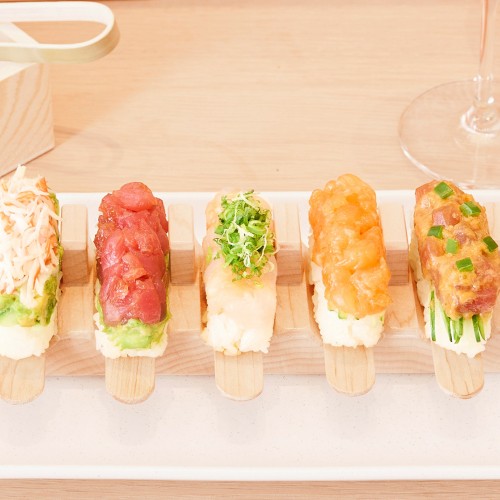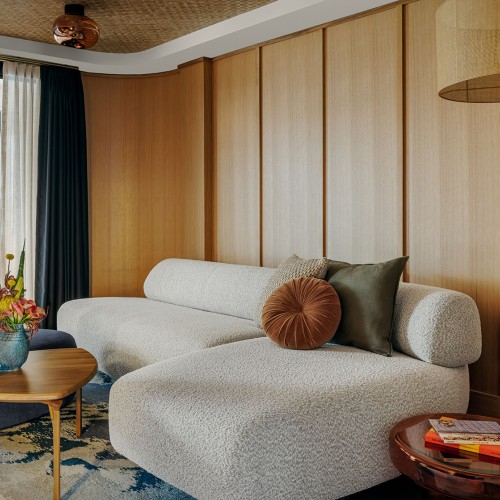What do nude performers wearing cardboard house-costumes, fields of black silt littered with clothes and Matisse-like drawings have in common? One. One Torino, to be precise. These are all elements of individual projects by artists Naufus Ramírez-Figueroa, Vanessa Safavi and Santo Tolone: collectively winners of the illy Present Future prize presented by curators from ARTISSIMA 2013. In plain English: three artists chosen by three curators, one prize for all given as a part of an elite European art fair. The winners' works were housed at the top level of the Castello di Rivoli, a Medieval palace that served the royal house of Savoy, now home to the Museo d'Arte Contemporanea.
Represented by Guatemala City-based gallery Proyectos Ultravioleta, Ramírez-Figueroa's film Breve Historia De La Arquitectura En Guatemala (2011-13) was screened opposite Joseph Kosuth's light box Seeing Knowing (2004) at the top level of the Medieval palace Castello di Rivoli. Three young performers wear architectural forms painted in white; they dance about aimlessly in a warehouse accompanied by the sounds of three men playing a marimba. The forms reflect three phases of Guatemala's architectural past: pre-Hispanic, colonial and contemporary. After several minutes, the performers clamor into each other, destroying the fragile costumes draped over their nude bodies. They stand silently for about two minutes more, then exit the frame while the marimba still trills in the background. Laced with dark humor and violent memory, the film narrates changes in a national culture and identity via architectural shifts. Ramírez-Figueroa also presented modern, geometric woodcut prints interlaced with the remaining artists' spaces.
Swiss artist Vanessa Safavi laid fields of sand (Plenty of None, 2010, is one example) throughout the museum's top floor, where scattered clothes, sneakers and an occasional iPod were seemingly discarded or forgotten in haste. In glass boxes mounted on plinths, small marbles decorated like globes sat quietly. Nearby, ephemeral fields of vivid color radiated from behind Plexiglas and white frames. All of these exercises appeared to generate contemplation on our sensual relationships with the natural and metaphysical world around us: our smallness, the colors and moods we perceive through color, the things we leave in the dust when greater impulses prevail.
Finally, Italian artist Santo Tolone channeled Matisse into a diverse series of swirling white sculptures, etchings of nude women, and screen-prints against royal blue backdrops (Mandarini, 2012, is a brilliant throwback). These contemporary exercises could easily fling the viewer back in time to where such experimentations were unconventional, even scandalous. Tolone reasserts the ability of line, color and shape to captivate even the most jaded audience: simultaneously, his works reflect a sly sense of humor in their supposed formality.
The illy Present Future Award Exhibition at the Castello di Rivoli - Museo D'Arte Contemporanea was curated by Andrew Berardini, Gregor Muir and Beatrix Ruf. It opened to the public on November 7th and runs until January 12th, 2014. For more information, visit this website.



